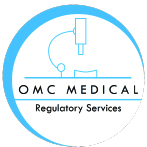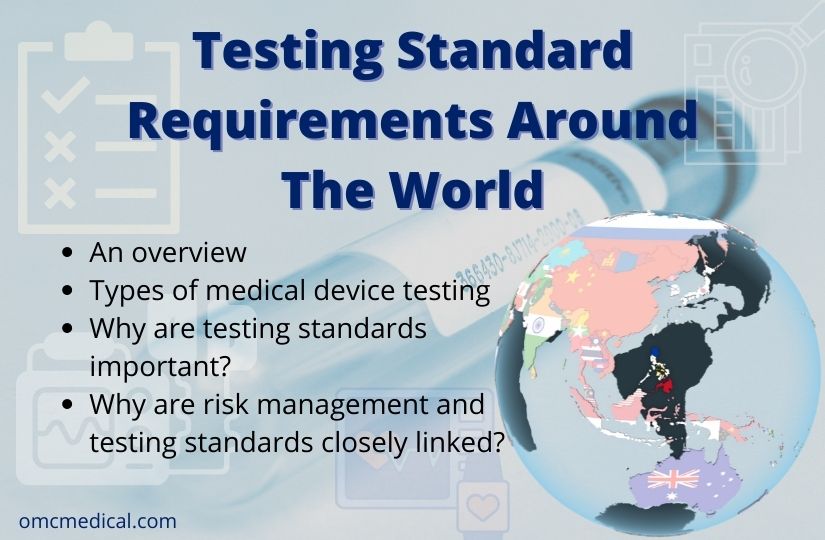Brazil
Medical device testing standard- an overview Medical device testing is a crucial step in manufacturing a product. This mandatory process ensures that the medical device is safe and effective. Testing of medical devices proves that the product complies with the standards and regulations of a country. Moreover, it also sheds light on any product defects. This article discusses the testing requirements and the applicable standards. Medical device testing applies to all medical devices, in-vitro dia...
Global ISO Requirements
What is ISO? ISO – International Organization for Standardization, is the international, non-governmental body for drafting and establishing technical and non-technical standards. These standards are developed by different committees within the International Organization for Standardization. Having around 165 member states, with one representative from each, International Organization for Standardization is a global entity catering to the needs of industry requirements. Are ISO standards impor...
Updates in ANVISA GMP 2022 document
Agência Nacional de Vigilância Sanitária – ANVISA is the Regulatory Body of Brazilian government. What is Good Manufacturing Practice (GMP)? Good manufacturing practices are the procedures that must be followed in order to comply with the guidelines set forth by regulatory agencies that oversee the authorization and licencing of the manufacture and sale of medical devices. The GMP document released on 30th March 2022 for Medical and IVD produ...







